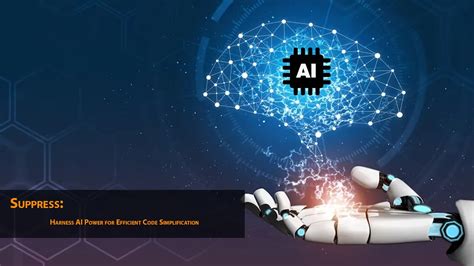The advent of AI technology in the domain of software development has been both a boon and a controversial disruptor. AI models, notably the GPT-4o, have recently been utilized for automating code generation with projects like LetterDrop, developed in response to the shutdown of TinyLetter. On the face of it, the endeavor seems promising—providing a swift and innovative way to get code written with minimal human intervention. However, the practice raises pertinent questions about maintainability, efficiency, and the potential deterioration of code quality in larger, more critical applications.
One prevailing sentiment in the development community is skepticism towards using AI for generating production-ready code. Commenters on various tech forums point out that AI-generated code suffers from unpredictability and a lack of determinism. This non-deterministic nature of models like GPT-4o makes it difficult to audit the generated code for correctness, leading to potential security vulnerabilities and bugs. As highlighted by user j16sdiz, ‘these kinds of code generation are non-deterministic,’ making it ‘impossible to audit for correctness.’ The generated code might work for smaller, hobbyist projects, but its application in robust, scalable systems remains highly questionable.
The concept of modifying LLM prompts instead of the generated code to contribute to a project, while innovative, hasn’t resonated well with many developers. As one commenter, dvt, elucidated, contributing to an LLM prompt is ‘an interesting evolution of software design’ but contends that ‘I don’t really think it saves a lot of time’ due to the extensive time spent fiddling with prompts and cleaning up code—sometimes spanning over 10 hours. This consumption of time could essentially negate the perceived efficiency gained from using an AI model in the first place.
AI-generated code also faces criticism for being largely unmaintainable. Issues like duplication, convoluted code structures, and bloated HTML strings in place of more maintainable JSX or TSX syntax have been pointed out. For instance, the code for internationalization in LetterDrop has been described as ‘godawful’ with instances of CSS in a style tag embedded within a string in a try block inside an anonymous function all packed within a single file. This lack of structure and adherence to best practices can result in significant headaches for developers trying to maintain or extend the codebase.
Moreover, there is the argument that while AI can generate code, the code quality often falls short of professional standards, especially in terms of readability and maintainability. GitHub, while a vast repository of code from different levels of developers, might soon be inundated with AI-generated ‘slop,’ diluting the quality of available open-source software. Ultimately, developers fetching such code will still bear the onus of ensuring it’s suitable and secure for their applications. As rmbyrro points out, ‘It’s not responsible to release something like this in the first place, let alone without a big red warning sign in front of it.’
On the flip side, the rapid development in AI suggests a potential paradigm shift in how software development could be approached. By leveraging AI for initial drafts of code, developers might focus more on higher-order tasks like system architecture, modular design, and extensive testing. The key lies in striking the right balance—employing AI as a tool to augment human efforts rather than as a crutch to replace essential human oversight. If used judiciously, AI could indeed transform the software landscape, but the journey towards that ideal application seems fraught with challenges and learning curves.


Leave a Reply